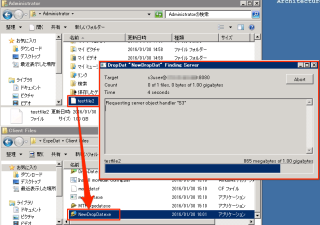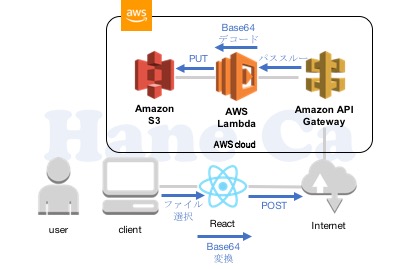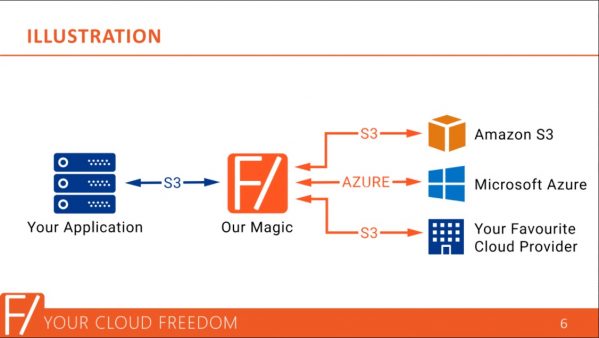
The web wizard is simple and easy to use, but lacks some configurability, like the ability to restrict to specific prefixes within a bucket or use a different auth service. The first main way is to use the web wizard in the Satellite web interface. There are two primary ways to get started using our hosted S3 gateway and get issued an S3 compatible access key, secret key, and endpoint. This important note on multipart upload part sizes. # To save on costs and improve performance, please see

Finally, it offers users the flexibility to dial in the balance of security versus accessibility, allowing access to files directly from web browsers in ways they never could before. It provides a drop-in replacement for S3 with the great majority of use-cases.

It should provide bandwidth-limited customers with more than three times faster access. Overall, our S3 compatibility project has been a huge effort to address the needs of certain customers, making it easier than ever to migrate to the decentralized cloud. In short, the system is designed to protect your data at rest. Access grants never remain decrypted longer than they are needed, and only a hash of the access key is ever persisted. The access grants are individually encrypted using information from the much shorter returned access key, which is not stored in our auth service. This service saves access grants encrypted into a database. Storj offers an S3-specific authorization service, which maps S3-compatible credentials to a Storj access grant. The distributed security tokens (access grants) that Storj typically uses (via libuplink, etc.) contain too much detail to fit into an S3 access key or secret key field. Where the Storj network really excels compared to centralized providers is in its privacy and security, so we’d be remiss in not addressing these topics specifically as they pertain to S3. The compatibility table for GatewayST and We support organizing objects by bucket and key, all HTTP verbs including HEAD, byte-range fetches, as well as uploading files in multiple parts. For example, core features such as basic upload and download, of course, should map quite easily to the new ecosystem, including systems like Storj. All you have to do is point files to the new buckets and migrate any static data you’d like to keep. By making a storage system compatible with these APIs, it makes it much easier for users to migrate to new services without much effort. Since then, the grand majority of cloud storage services have reinforced this interface, and the majority of people storing data in the cloud use similar architectures.Īmazon S3 is accessed via APIs, most of which rely on the HTTP protocol and XML serialization. These objects are stored in buckets rather than a hierarchical system.

Object storage organizes data into objects, which contain the data itself, its metadata, and a unique identifier. When Amazon launched its S3 service 15 years ago and created the cloud storage industry, it also unknowingly made object storage the standard for storing data in the cloud. Design Decision: Server-side Encryption.

Capability Based Access vs Access Control Lists.When to use the Satellite Web Interface and When to use the CLI.
#Expedat s3 gateway how to
#Expedat s3 gateway download
Download Self-hosted S3 Compatible Gateway.


 0 kommentar(er)
0 kommentar(er)
